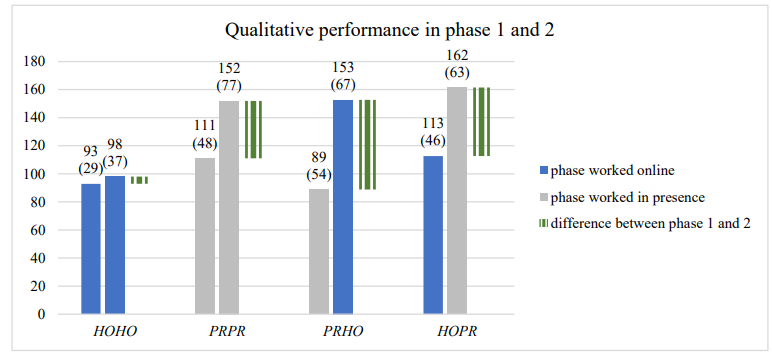As remote work becomes a permanent fixture in the modern workplace, questions about its impact on creativity and productivity have taken center stage. The COVID-19 pandemic accelerated the shift to virtual work, and while many employees have embraced the flexibility, employers are increasingly concerned about the long-term effects on collaboration and innovation.
As a result, a growing number of companies are calling their employees back to the office, at least part-time, to restore the in-person interactions that many believe are essential for creative work. This shift raises a critical question: Can virtual teams be as creative and effective as those working face-to-face, or is something lost in the translation to a digital workspace?
A recent IZA discussion paper by Christian Grund, Christine Harbring and Lisa Klinkenberg offers some answers. Their research reveals that teams working in person are significantly more creative than those working entirely online. The findings suggest that hybrid work models, where teams alternate between in-person and virtual settings, may offer the best of both worlds for fostering creativity.
The study involved a two-phase experiment in which 122 teams, each consisting of two members, were asked to complete the “Unusual-Uses Task,” a well-known measure of creative thinking that resembles a typical non-routine task found in modern work. In this task, participants were required to come up with as many creative uses as possible for everyday objects, such as a tin can or a hanger.
The experiment simulated different workplace environments: some teams worked entirely in person, others entirely online, and some switched between the two settings over the course of the experiment.
As the figure illustrates, teams that collaborated in person consistently outperformed those who worked solely online. Even more interestingly, teams that experienced at least one phase of in-person collaboration demonstrated higher creative performance in subsequent online phases compared to those who worked entirely online. This finding underscores the importance of face-to-face interaction, even in an era where remote work is becoming increasingly common.
The researchers also explored whether allowing participants to choose their preferred workplace setting would impact creativity. Surprisingly, the study found no significant difference in creative output between teams that self-selected their work environment and those that were assigned one. This suggests that the physical setting itself may play a more crucial role in enhancing creativity than individual preferences.
The findings indicate that integrating in-person collaboration into remote work schedules could be key to unlocking higher levels of creativity and innovation in teams, especially for tasks that require divergent thinking and idea generation.

